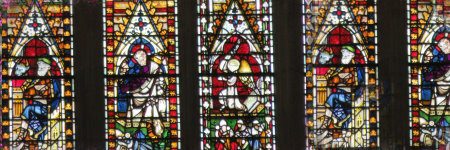Detail for Mell Manley Stephenson Jr.
Randolph Field, San Antonio, Texas:
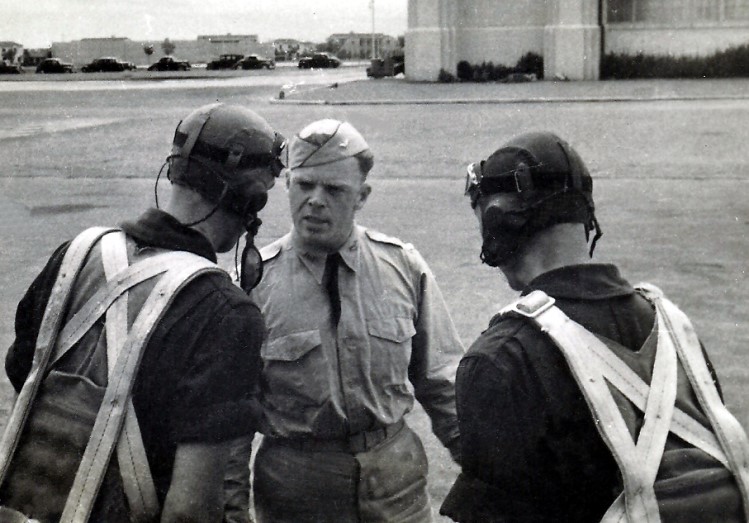
In June 1941, the Army Air Corps became the Army Air Forces. Randolph, original home of the Air Corps Training Center, was created when the facilities at Kelly and Brooks Fields were determined to be inadequate. It was named for Captain William Millican Randolph. Basic flight training continued until 1943, when the mission was changed to one of training flight instructors. It was renamed Randolph Air Force Base in 1948, and has always been a flight training base and is currently home to the Air Training Command. Many agencies are headquartered there and over twenty tenant organizations are also hosted.
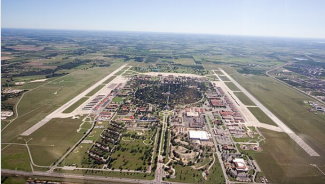
Basic flying training at Randolph continued until March 1943, when the central instructors school took over. For the next two years, training instructors for the Air Corps's ground training and primary, basic and advanced flying training was the main mission. Randolph produced 15,396 instructor graduates from this course before it moved to Waco Field in 1945. When the central instructors school moved to Waco Field it was replaced by the Army Air Forces pilot school, which specialized in transition training for B-29 bomber pilots, copilots and engineers. Primary pilot training returned to Randolph from Goodfellow Field in December 1945.
Emblem of the USAAF 16th Pursuit Group @ Albrook Field Panama
The group's emblem, approved in 1934, has four lightning bolts -- representing the four assigned squadrons -- depicting destruction from the sky.
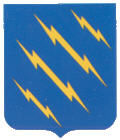
Overview: Activated in the Panama Canal Zone in 1932 as the 16th Pursuit Group, the group was equipped with Curtiss P-40s in 1941 and redesignated the 16th Fighter Group in 1942. The group disbanded in 1943. In 1993, the group was re established and consolidated with the 1st Special Operations Wing, which had been activated in 1944 in Burma as the 1st Commando Group. Inactivated in 1945, the group was activated again at Hurlburt Field, Florida, in 1962 and elevated to wing status in 1963. Equipped with a variety of aircraft, it carries out special operations training and unconventional warfare operations worldwide. It became the 16th Special Operations Wing in 1995, and then the 1st Special Operations Wing in 2005. The 1 SOW retains all the honors the 16 SOW / 1 ACW / 1 ACG / 16 PG garnered in its 74 year existence. Mell Jr. was flying a Curtiss P-36A with the 16 Pursuit Group in Panama.
His plane was Serial #38 in Panama . (Ditched with 16 PG, 24 PS) ditched into Chame Bay, Panama Nov 1, 1939.
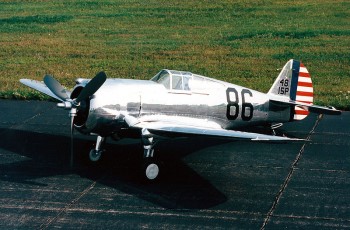
A contemporary of the both the Hawker Hurricane and Messerschmitt Bf 109, it was one of the first of a new generation of combat aircraft—a sleek monoplane design making extensive use of metal in its construction and powered by a powerful radial engine. Obsolescent at the onset of World War II and best known as the predecessor of the Curtiss P-40, the P-36 saw only limited combat with the United States Army Air Forces, but it was used more extensively by the French Air Force, both during the Battle of France and by the Vichy France armed forces, and also by the British Commonwealth (where it was known as the Mohawk), and Chinese air units. Several dozen also fought in the Finnish Air Force against the Soviet Air Forces. With around 1,000 aircraft built, the P-36 was a major commercial success for Curtiss. This article also covers the YP-37 and the XP-42 prototypes based on the P-36. Both France and England used the Hawk 75A in combat over Europe in 1939 and 1940, even though the airplane was obsolescent when compared to its major adversary, the German Messerschmitt Bf 109. During 1941, the Air Corps transferred 39 of its P-36s to Hawaii and 20 to Alaska . After World War II began, the outmoded P-36 soon was relegated to training and courier duties within the United States . |
TECHNICAL NOTES:
Armament: Two .30-cal. or two .50-cal. machine guns
Engine: Pratt & Whitney R-1830 of 1,050 hp
Maximum speed: 313 mph
Cruising speed: 250 mph
Range: 830 miles
Ceiling: 32,700 ft.
Span: 37 ft. 4 in.
Length: 28 ft. 6 in.
Height: 8 ft. 5 in.
Weight: 5,650 lbs. loaded
Mell Jr. was flying a Curtiss P-36A with the 16 Pursuit Group in Panama. His plane was Serial #38 in Panama . (Ditched with 16 PG, 24 PS) ditched into Chame Bay, Panama Nov 1, 1939.
